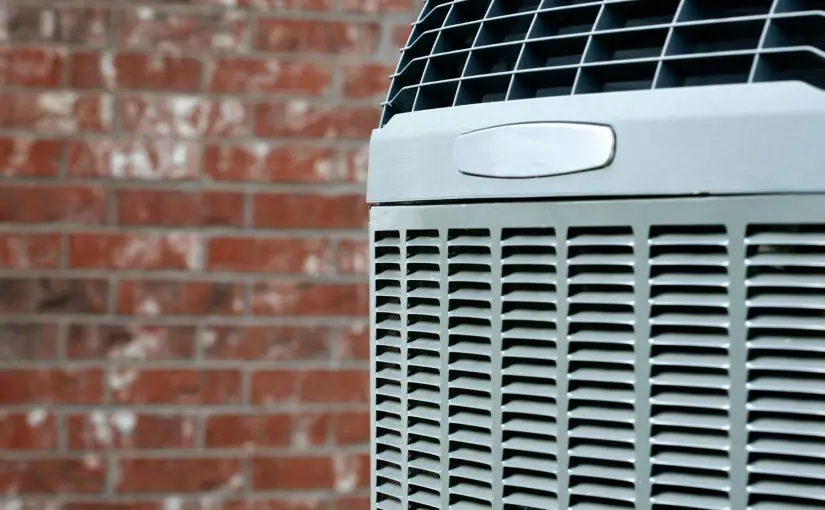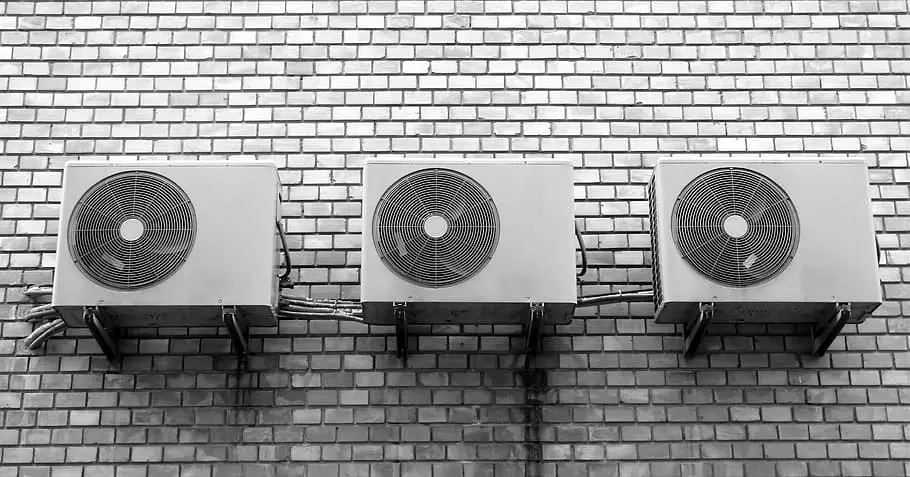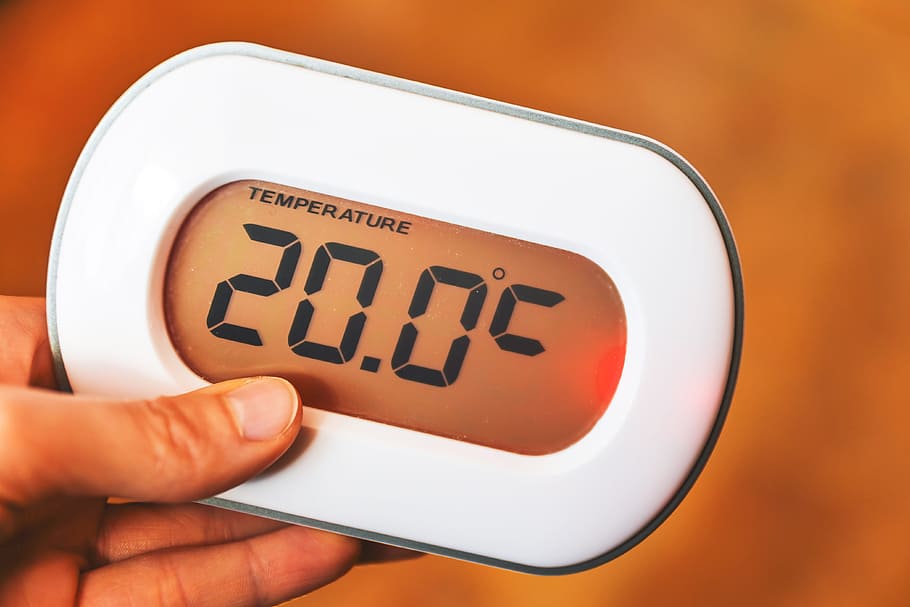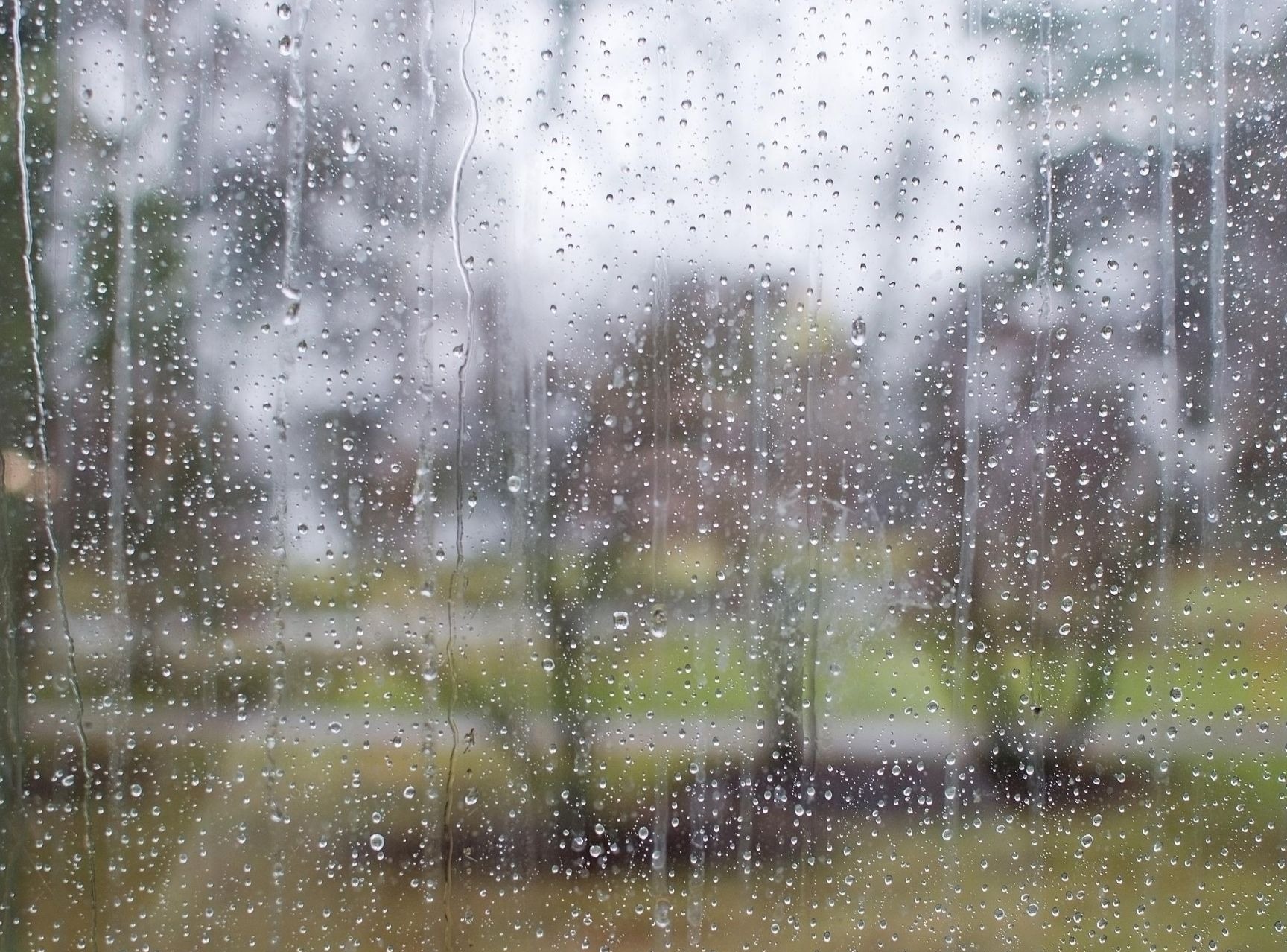Fan mode on AC is simply a setting on your air conditioner that keeps the blower fan running regardless of whether the cool air is on or not.
There are pros and cons for leaving it on.
One application for running the fan on the air conditioner continuously is the ability to keep the temperature even throughout the house even when the cooling is off.
Another application is the use of induct air purification. indoor air purifiers are installed directly into the plenum and ductwork of your central heat and air system. They require the AC fan mode to be left on continuously.
| Feature/Setting | Fan Mode ON | Fan Mode AUTO | Cooling Mode | Notes |
|---|---|---|---|---|
| Energy Consumption | Higher due to continuous operation | Lower, runs only when cooling | Depends on temperature setting | Continuous fan operation increases power usage |
| Temperature Distribution | More even throughout the space | Less even, as fan runs only with cooling | Even and cool where needed | Continuous fan helps eliminate hot or cold spots |
| Humidity Control | Can increase indoor humidity | Better humidity control | Best for reducing humidity | Continuous fan might re-evaporate condensed moisture |
| Air Purification | Required for in-duct air purifiers | Less effective for air purifiers | No direct impact | Continuous airflow needed for air purifiers to function efficiently |
| Overall Comfort | Can improve with even temperatures | Depends on cooling needs and external temperature | Optimized when cooling is needed | Continuous fan might lead to a drafty feeling |
| Utility Costs | Potentially higher due to continuous operation | More cost-effective | Depends on usage and temperature setting | Auto mode is generally more energy-efficient |
Table of Contents
AC Fan Mode- Should AC fan be on auto or on?
Being that the AC is one of the biggest energy hogs in the home, running the AC on auto, is usually the best choice because it keeps the utility bill down.
There are several reasons for this.
For one it takes extra energy to run the fan all the time, which means more power consumption.
Two, keeping the fan on continuously when the AC is not running evaporates the moisture that is normally condensed, and sends it back through the system.
The result is higher humidity inside of the house, which means that the AC has to work extra hard when it kicks on to counteract the effect of the humidity.
Running AC fan only
Running the AC fan alone without the air conditioner is a good way of evening out the temperature throughout a house but since the ductwork is typically in the Attic,
More than often means that you’re blowing hot air through the vents since the attic is the hottest room in the house and that’s the starting point for the air that is getting moved through the system.
So using the blower fan on an AC does not equate to using a regular fan.
but if you are using some type of air purification module inside of your ductwork then running the AC fan only is a perfectly good way of getting a whole-house effect of an air purifier.
 Should the fan be on when the AC is on?
Should the fan be on when the AC is on?
Yes. The fan on your AC will blow when the unit is set to cool. The fan is what helps distribute the cool air evenly throughout the house. Once the temperature inside the house reaches the desired input that you put into your thermostat, the cool air will stop.
And depending on whether your AC fan is on auto or on, the fan will either turn off with the AC or keep running. Auto on automatically shuts off when the air conditioner shuts off and “fan on” to keep the fan running when the air conditioner turns off.
Does running the fan on my air conditioner reduce humidity?
Running the fan on an air conditioner without the cool air turned on can actually have the opposite effect of reducing humidity.
Leaving the fan running when the AC is not running is a sure way to increase the moisture in the air because any moisture in the system will evaporate and distribute back through your house.
Humidity is actually reduced more when the AC is running on cool. And if your AC has a dry mode, it will reduce humidity further.
Does leaving the AC fan on waste electricity?
Though the AC fan has a couple of good points like keeping the temperature even throughout the house when the AC is not on, it does tend to be a waste of electricity otherwise.2
Some systems with built-in air purification systems must have the fan on continuously to keep the air purifiers working efficiently. Sometimes you just can’t get out of paying.
Does fan mode bring in outside air?
Air conditioners rarely bring in air from the outside even when they’re on fan mode. The supply side of the air conditioner is inside the house.
That is one of the primary reasons that air conditioning is known to be a source of indoor air pollution. Because the same air is being distributed through the system and throughout the house.
If the air inside your AC is dirty, then the air inside your house is unhealthy too.
Why does the fan keep running on my air conditioner?
The easiest thing to check when your AC fan won’t stop running is whether or not the mode is set on Auto or On. If it is on, there you have it. Super easy fix.
Another easy check is the HVAC filters. If they get too dirty, then the air can’t flow through the system properly and the system will continue to run trying to reach the desired temperature set on the thermostat.
AC filters are a good place to start when the unit isn’t cooling right too.
There is no telling how much money has been spent on technicians only to find out the filters are clogged.
Those are the easy fixes.
If it is not one of those, then the problem is probably a little worse.
It could be a relay or the thermostat.
Those are fixes that are usually left to professionals.
Summary
 What does the fan setting on an air conditioner do?
What does the fan setting on an air conditioner do?
The fan setting on an air conditioner gives you the ability to run the fan continuously or to have it go on and off automatically when the AC is cooling.
The auto fan mode is generally a little cheaper to run because it doesn’t use the extra power to keep it running all the time.
But there are times when using the fan without the AC cooling is needed.
An example is using in-duct air purifiers in your ductwork. In order for the air purifiers to be efficient, the fan on your AC needs to run all the time.
But running the fan on the AC is not the same as using a regular oscillating tower fan.
It will not do much to cool a room since the air that it is moving in most homes comes from the attic. and not from outside which is a common belief.
The Attic is the hottest area in the house so any are originating from there he was going to be warmer. Not a bad ideal in the winter.
 Alternative Cooling and Ventilation Strategies
Alternative Cooling and Ventilation Strategies
Natural Ventilation
- Utilizing Cross-Ventilation: Opening windows and doors across the home to create cross breezes that can significantly cool down indoor spaces without any energy consumption.
- Night-Time Ventilation: Taking advantage of cooler night-time temperatures by opening windows or using window fans to draw in fresh, cool air, which can be especially effective in climates where temperatures drop significantly at night.
Ceiling Fans
- Enhancing Air Circulation: Ceiling fans can make rooms feel cooler by creating a draft. This allows for higher thermostat settings without compromising comfort, leading to energy savings.
- Directional Use: Adjusting the direction of ceiling fan rotation can enhance comfort; counterclockwise in summer to create a cooling effect and clockwise in winter at a low speed to circulate warm air.
Whole-House Fans
- Rapid Ventilation: Installed in the attic, whole-house fans can pull air through the house and exhaust it through the attic, rapidly cooling the home and attic space during cooler parts of the day.
- Energy Efficiency: These fans typically use less energy than air conditioning systems and can be an effective way to cool homes in suitable climates, particularly where nights are cool.
Evaporative Coolers
- Best for Dry Climates: Also known as swamp coolers, these devices cool outdoor air through the evaporation of water and then circulate the cooled air inside. They are most effective in dry climates and use significantly less energy than traditional air conditioners.
- Humidity Considerations: Evaporative coolers add moisture to the air, which can be beneficial in dry climates but may be counterproductive in already humid areas.1
Strategic Shading and Insulation
- Reducing Heat Gain: Using shades, blinds, or curtains to block direct sunlight can significantly reduce heat gain inside the home, lessening the need for artificial cooling.
- Insulation and Sealing: Improving insulation and sealing leaks around doors, windows, and other openings can prevent cool air from escaping and warm air from entering, enhancing the effectiveness of any cooling strategy.
Incorporating these alternative strategies can lead to a more comfortable living environment, lower energy bills, and a reduced environmental impact. They can be used in conjunction with or as a partial substitute for traditional air conditioning, depending on the climate, home design, and personal preferences.
FAQ: Understanding Fan Mode on Air Conditioners
1. What does the fan mode do on an air conditioner?
The fan mode keeps the blower fan running continuously, whether the cooling function is active or not, allowing for air circulation even when the unit isn’t cooling.
2. Are there benefits to running the AC fan continuously?
Yes, continuous fan operation can help maintain even temperatures throughout a space and is essential for the efficient operation of in-duct air purification systems.
3. Should the AC fan be set to auto or on for energy efficiency?
Setting the AC fan to auto is generally more energy-efficient because it only runs the fan when cooling is needed, reducing power consumption.
4. How does continuous fan operation affect indoor humidity?
Running the fan continuously can increase indoor humidity by evaporating and redistributing moisture that the AC unit would normally condense and remove.
5. Can running just the AC fan help with temperature distribution?
Yes, running just the fan can help even out temperatures within a house, but it may inadvertently blow warmer air from spaces like the attic through the vents.
6. Does the fan mode on an air conditioner bring in outside air?
No, air conditioners typically recirculate indoor air, even in fan mode, and do not pull in fresh air from outside.
7. Why might the AC fan keep running non-stop?
A continuously running AC fan could be due to the fan setting being on ‘On’ instead of ‘Auto,’ or it might indicate an issue with the HVAC system, such as dirty filters or a malfunction.
8. Does using the fan mode on my AC reduce the unit’s cooling efficiency?
Using the fan mode alone does not cool the air; it merely circulates it. Continuous use can affect overall efficiency by increasing humidity and power usage.
9. Is it wasteful to leave the AC fan on all the time?
While it can be beneficial for air circulation and purification, leaving the AC fan on constantly can lead to higher electricity consumption and costs.
10. How does the fan setting compare to using a regular fan?
The fan setting on an AC circulates existing indoor air, which may not be as cool as desired, especially if it pulls air from hot areas like the attic, unlike a regular fan that can provide direct cooling.


 What does the fan setting on an air conditioner do?
What does the fan setting on an air conditioner do? Alternative Cooling and Ventilation Strategies
Alternative Cooling and Ventilation Strategies





